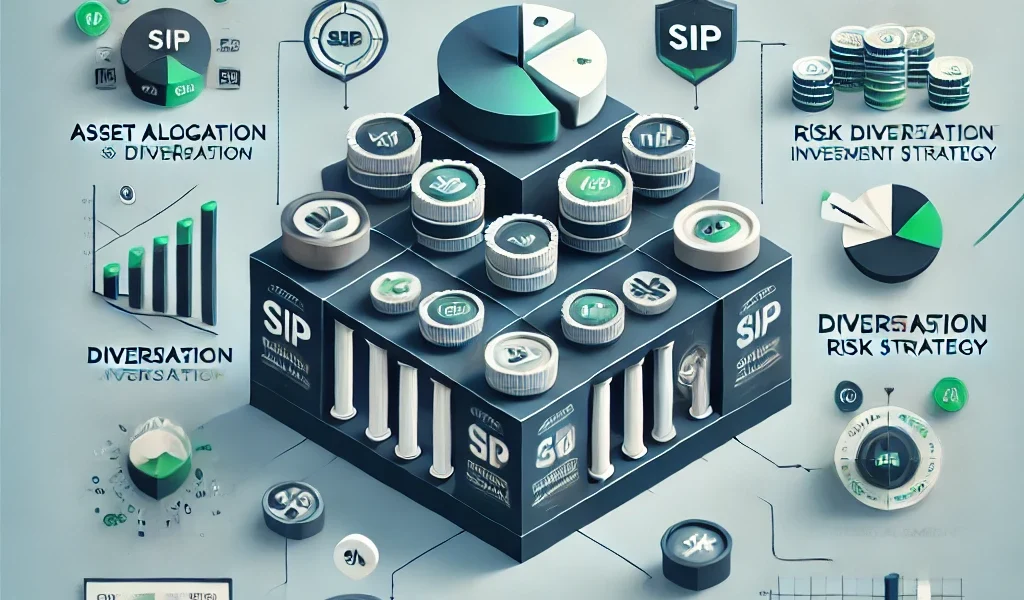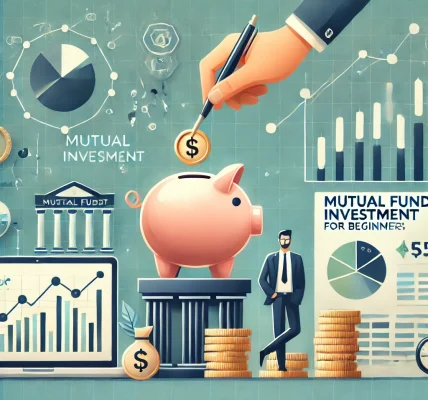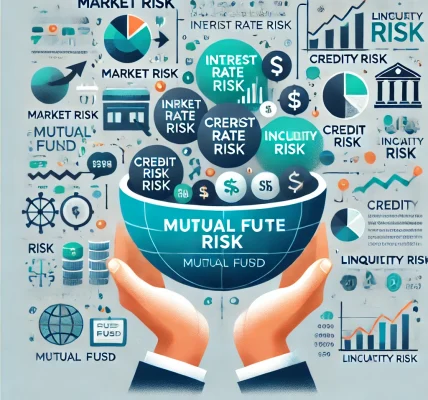Investing in mutual funds is one of the best ways to create wealth over time while managing risk efficiently. A well-structured mutual fund portfolio can help you achieve financial goals, minimize risk, and optimize returns. However, selecting the right funds and creating a balanced portfolio requires careful planning and strategic execution. In this guide, we will walk you through the step-by-step process of building a high-performing mutual fund portfolio from scratch.
Understanding the Basics of Mutual Fund Investing
Before diving into portfolio building, it’s essential to understand what mutual funds are and how they work.
What is a Mutual Fund?
A mutual fund is an investment vehicle that pools money from multiple investors to invest in a diversified portfolio of stocks, bonds, or other assets. It is managed by professional fund managers, reducing the need for individual investors to actively manage their investments.
Types of Mutual Funds
- Equity Funds – Invest primarily in stocks and are ideal for long-term capital appreciation.
- Debt Funds – Invest in fixed-income instruments like bonds and government securities, offering stability and lower risk.
- Hybrid Funds – A mix of equity and debt, providing a balanced approach.
- Index Funds – Passive funds that track a specific market index.
- Sectoral & Thematic Funds – Focus on specific industries or themes like technology, healthcare, or ESG (Environmental, Social, and Governance).
- ELSS (Equity-Linked Savings Scheme) – Tax-saving funds under Section 80C of the Income Tax Act.
Step-by-Step Guide to Building a High-Performing Mutual Fund Portfolio
Step 1: Define Your Investment Goals
Your financial goals play a critical role in determining the structure of your mutual fund portfolio. Clearly define whether you are investing for:
- Wealth creation (long-term growth)
- Retirement planning
- Tax savings
- Emergency funds
- Short-term needs (buying a house, children’s education, etc.)
Step 2: Assess Your Risk Tolerance
Risk tolerance varies from investor to investor and is influenced by factors such as age, financial stability, and investment experience. Identify whether you are:
- Conservative – Prefer low-risk investments with stable returns.
- Moderate – Can handle some volatility for better returns.
- Aggressive – Willing to take higher risks for higher potential rewards.
Step 3: Diversify Your Investments
Diversification is key to managing risk while maximizing returns. A well-diversified mutual fund portfolio should include different asset classes such as:
- Equity funds for growth
- Debt funds for stability
- Hybrid funds for balance
- International funds for global exposure
Step 4: Choose the Right Mutual Funds
When selecting funds, consider the following factors:
- Fund Performance – Compare historical performance over 3, 5, and 10 years.
- Expense Ratio – Lower costs help in maximizing returns.
- Fund Manager’s Track Record – An experienced manager can significantly impact fund performance.
- AUM (Assets Under Management) – A large AUM generally indicates investor trust.
- Portfolio Composition – Check sector allocation and stock selection.
- Exit Load & Lock-in Period – Understand charges and restrictions before investing.
Step 5: Opt for SIPs Instead of Lump Sum Investments
Systematic Investment Plans (SIPs) help in:
- Rupee Cost Averaging – Buying more units when prices are low and fewer when prices are high.
- Discipline & Consistency – Encourages regular investing habits.
- Compounding Benefits – Higher returns in the long run.
Step 6: Regularly Monitor and Rebalance Your Portfolio
Market conditions change, and so do your financial goals. Regular monitoring ensures:
- Poorly performing funds are replaced.
- Asset allocation is maintained as per the risk profile.
- You take advantage of new opportunities in the market.
Step 7: Tax Efficiency and Exit Strategy
- Equity Funds – Gains above ₹1 lakh are taxed at 10% (LTCG tax), while STCG (short-term capital gains) is taxed at 15%.
- Debt Funds – Taxed based on the investor’s tax slab for short-term holdings, and at 20% with indexation for long-term holdings.
- Tax-saving ELSS Funds – Offer a tax deduction of up to ₹1.5 lakh under Section 80C.
Step 8: Stay Updated with Market Trends
Keeping an eye on economic indicators, interest rate changes, and sector performances can help in making informed decisions about your mutual fund investments.
Example of an Ideal Mutual Fund Portfolio Based on Risk Profile
Conservative Investor (Low Risk, Stable Returns)
- 40% Debt Funds
- 30% Hybrid Funds
- 20% Large Cap Equity Funds
- 10% Gold or International Funds
Moderate Investor (Balanced Risk and Returns)
- 50% Equity Funds (Large & Mid Cap)
- 20% Debt Funds
- 20% Hybrid Funds
- 10% International Funds
Aggressive Investor (High Risk, High Returns)
- 70% Equity Funds (Large, Mid, and Small Cap)
- 10% Debt Funds
- 10% Sectoral Funds (Technology, Pharma, etc.)
- 10% International Funds
Common Mistakes to Avoid While Building a Mutual Fund Portfolio
- Investing Without a Clear Goal – Without a defined purpose, investments can become unstructured.
- Ignoring Risk Assessment – Taking on too much or too little risk can lead to poor outcomes.
- Over-Diversification – Holding too many funds can dilute returns.
- Frequent Switching of Funds – Short-term fluctuations should not dictate investment decisions.
- Not Reviewing Portfolio Periodically – Failing to rebalance can impact overall returns.
Final Thoughts
Building a high-performing mutual fund portfolio from scratch requires careful planning, research, and regular monitoring. By diversifying investments, choosing the right funds, and staying disciplined with SIPs, investors can optimize their returns while managing risks effectively. The key is to stay patient and aligned with long-term financial goals rather than reacting to short-term market movements.
By following this guide, you can create a well-balanced mutual fund portfolio that helps you achieve financial freedom and wealth creation over time. Happy investing!




